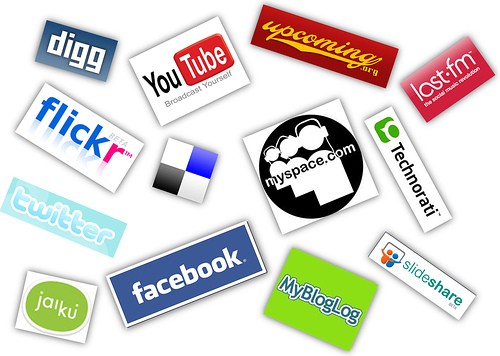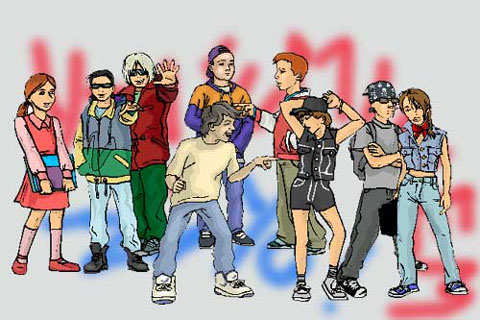Who owns the newspaper and TV stations in Malaysia? From my
research, I found that most of them are either owned by the government of
Malaysia or owned by political parties of the Barisan Nasional coalition
government for example, “Media Prima”.
The media of Malaysia include television, radio, newspapers,
and web-based media such as bloggers. Many media outlets are either owned
directly by the government of Malaysia (e.g. Bernama) or owned by component
parties of the Barisan Nasional coalition government (e.g. the Media Prima
group, which is owned by the United Malays National Organisation).
Media Prima Berhad is a subsidiary media corporation that
controls several television networks, newspaper, and radio stations and is
linked to Malaysia’s ruling party UMNO. Media Prima controls English newspapers
such as New Straits Times and Malay Mail, as well as Malay papers like the
Berita Harian. This company is the biggest media group in Malaysia, owning
roughly 54% of Malaysia television viewership and controlling a market share of
approximately 29%. Television channels such as TV3, NTV7, 8TV, and many more,
while radio stations for example Hot FM and Fly FM are owned by this company.
Besides Media Prima, another media corporation is the Radio Televisyen Malaysia
(RTM) who controls 17 % of the television audiences. The government owns RTM
and operates a number of radio and television stations in Malaysia. RTM runs 8
national, 16 states, 7 district radio stations and two television station at
present.
From my point of view, it has made a big impact to our
country in regarding the news. Most Malaysians read and listen to information
that has been censored and filtered by the government. Clearly, there is a
tight relationship between the press and the political parties in the ruling
coalition. The party-owned media get to control the media and this allows them
to have the power to decide on the scope and nature of the media content. This
makes it difficult for the journalist as they are merely a part of the
government’s propaganda machines and not professionals performing their duties
to the best of their abilities. This situation also makes it hard for the
citizens to exercise their rights to information and the right to make informed
choices.
The government controls the media by imposing laws and acts
to constraint the content of each media. These laws not only instill fear among
the journalists, but also prevent media professionals from practicing
investigative journalism and from playing any role as the guardian of truth. Malaysiakini
represents a concept of independent media, which trouble the government a
little. The website says a lot about the government finding it hard to come to
terms with the new media and with internet media, and now it is an environment
where the government is losing complete control on truth.




















